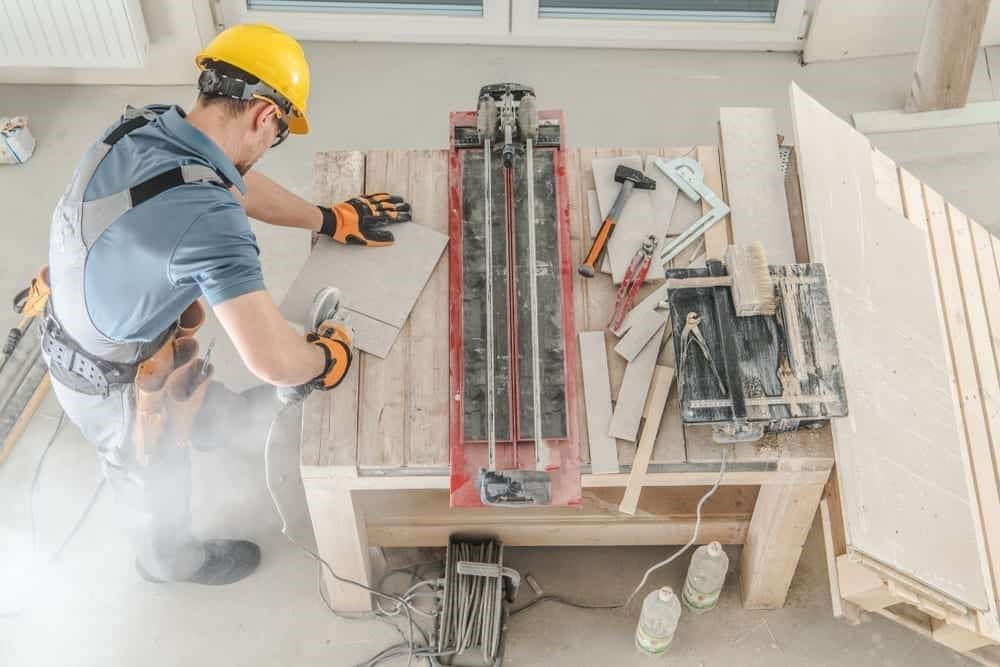Retrofitting an existing building is renewing, replacing, or improving the structure. This can reduce energy consumption and increase efficiency. It’s an essential part of improving the sustainability of any building as it reduces the need for expensive repairs in the future. Pedram Zohrevand discusses what you should consider when determining which parts of your building to retrofit.
Identifying Areas That Need Improvement
The first step in deciding which parts of your building to retrofit is identifying areas that need improvement. This means looking at the overall condition of each area and assessing its efficiency. You should also consider if there are any new systems or technologies that can be integrated into existing infrastructure for more efficient use of energy and resources. For example, if your building’s HVAC system is outdated or inefficient, it may be worth considering installing a more efficient model that uses less energy while still providing quality results.
Analyzing Cost And Benefits
Once you have identified areas that need improvement, it’s important to analyze the cost and benefits associated with retrofitting each one. This includes short-term expenses, such as materials and labor required for installation, and long-term costs, such as maintenance and repairs over time. It’s also important to factor in potential savings resulting from lower energy bills due to improved efficiency levels after completing the retrofit process. This will help you determine which areas are most beneficial to retrofit in terms of cost and return on investment (ROI).
Examining Local Codes And Regulations
Finally, before beginning any retrofitting project, it’s essential to familiarize yourself with local codes and regulations regarding construction work on existing buildings. This will ensure that all work is done according to code and does not put your business at risk for any legal or financial issues down the line. Additionally, some local governments may provide incentives such as tax breaks or grants for companies that invest in sustainable practices like retrofitting their buildings, so make sure you look into this before starting your project.
The Benefits And Challenges Of Retrofitting An Existing Building
Retrofitting an existing building can offer considerable benefits, such as increasing energy efficiency, reducing operating expenses, and creating a healthier environment inside the building. The updated technology involved in retrofitting can also extend the life of the original structure, meaning that fewer buildings are left to decay due to outmoded systems and materials. Not only can this help preserve heritage structures, but it helps keep renovations on budget since more resources don’t have to be allocated for demolition and reconstruction. Retrofitting can even provide improved air quality and acoustics in previously antiquated structures. Those looking to improve their facility without major rebuilding costs, look no further than retrofitting as a viable option for enhancing sustainability, operational performance, and environmental impact.
On the other hand, retrofitting existing buildings presents unique challenges compared to constructing new ones. External walls and foundations must be altered without damaging the structure while incorporating state-of-the-art technologies that can improve energy efficiency and sustainability. Furthermore, care must be taken to ensure that retrofit measures enhance rather than impair the architectural aesthetics of the existing building. All of this requires a thoughtful and coordinated effort between engineers, architects, building control mechanisms, and construction crews, who often have different plans with regard to what should be changed or left alone.
Conclusion
Pedram Zohrevand says retrofitting can be an excellent way to reduce energy consumption and improve efficiency in your building. Still, it’s important to take time when deciding which parts should be targeted for improvements. By following these simple steps—identifying areas needing improvement, analyzing costs versus benefits, and examining local codes—you can get maximum benefit from your efforts while minimizing risks associated with such projects. Ultimately, successfully implementing a comprehensive retrofit plan will result in improved comfort levels for occupants and reduced environmental impact from your business activities, so don’t hesitate to take this path.

